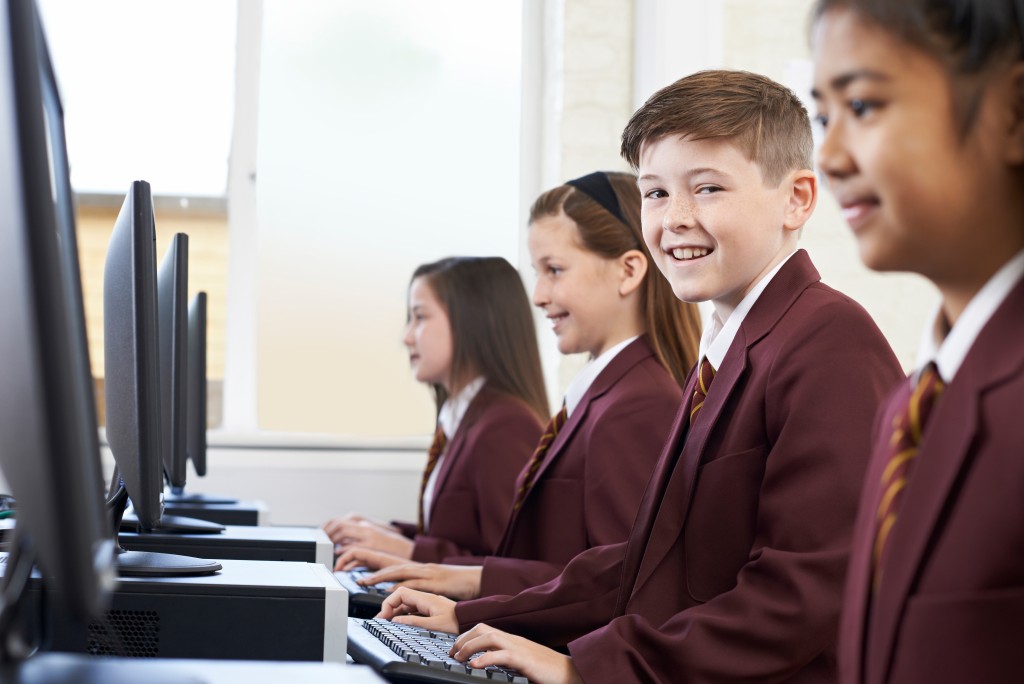The global crisis that is the COVID-19 pandemic has put schools, educators, students, and parents in a situation where they had to explore other ways they could continue education. Many countries switched to remote learning, using online tools and digital technology to create virtual classrooms. But not everyone has experienced a smooth transition; many parents still question whether remote learning could achieve the same level of engagement and effectiveness that classroom and on-site learning provides.
But the good news is that government schools, private schools, and boarding schools are all exploring how learning management systems, artificial intelligence (AI), and other mobile digital learning tools could be used to make learning more engaging even amid a pandemic.
The Challenges of Distance Learning
Many teachers and school administrators found it challenging to adapt to distance learning and remote education. Technology does not always allow educators to provide the support some students need, and some digital learning materials may not be accessible or understandable to some, which could disengage them from the learning process.
Educators are now exploring adaptive learning technologies that use an algorithm that could monitor performance, skills, progress, and development. These could help students and teachers move at the pace that is best for learning, and lessen the dependence on daily feedback and supervision.
Countries like the Netherlands and Singapore have explored these adaptive learning technologies to make remote learning as effective as going to school. The Netherlands are using it for primary and secondary schoolers. They provide dashboards to monitor the student’s progress, but also provide functions for homeschooling and modules for teachers to talk to their students.
In Singapore, some schools found they were ready to shift to a distance-learning setting when the government announced the shift on April 8. Many institutes and schools of higher learning provided online lessons through learning management systems that combine lectures and self-directed education. Many school systems are also exploring cloud-hosting to make these lessons available for everyone.
Using a Combined Approach

But some schools offered flexibility, combining online teaching tools and limited classroom sessions. These classroom sessions were limited in number and required personal protective equipment (PPE) for students and teachers. Online communication tools such as Microsoft Teams and Zoom were also vital in making virtual classrooms and discussions efficient. These platforms were essentially viewed as learning environments, but many educators were still compelled to stream live classes and find ways to engage students, including quizzes and polls, which they could view from their smartphones and laptops.
But this flexibility also extended to students who might not have access to laptops or smartphones, and many schools stepped up to the challenge to offer their students the needed equipment to make e-learning possible for all. Many schools found it vital to make communication lines more open for everyone, especially between teachers and students.
Flexibility Is Key
Researchers and scientists are saying that the pandemic might continue for two to three years, and the search for a vaccine might not be possible at least until 2021. Until then, schools, learning institutions, parents, students, and governments must use flexibility to make education possible for all, especially in these challenging times.
